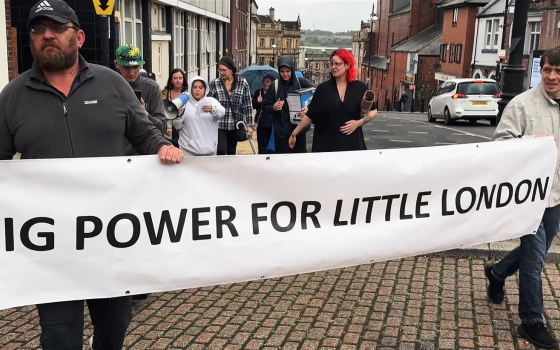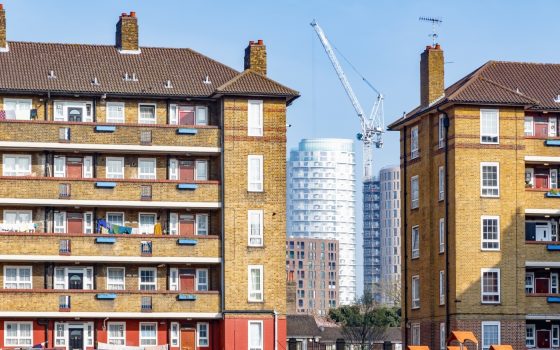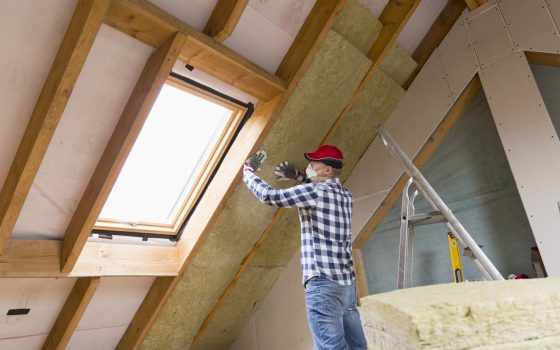Land map reveals where developers have scrapped affordable homes
Loophole lets builders backtrack on community pledges.
19 October 2017

Last week we launched our public land map, pinpointing where land is for sale and identifying developments on sites already sold. Today we are going to use our map to explore how developers use the planning system to avoid building the affordable homes we need.
Much affordable housing is delivered through a mechanism in the planning system commonly known as ‘Section 106’. Section 106 of the Town and Country Planning Act (1990) requires developers to provide a certain proportion of affordable housing in developments of more than 10 homes. The precise amount depends on the local authority’s housing needs, and what the developers write into their plans, but ranges around 20 – 50%.
Yet, despite these statutory requirements, our research shows that only one in five of the new homes forecast to be built on public land and sold off are likely to be classified as ‘affordable’, and as little as 6% of new homes are likely to be social rented housing.
Legal loopholes
A clause in the National Planning Policy Framework (NPPF), introduced in 2012, states that developers’ schemes ‘should not be subject to such a scale of obligations and policy burdens that their ability to be developed viably is threatened’. This crucial wording means that developers can appeal planning obligations if they can prove they hinder the commercial viability of their schemes, using something called a ‘financial viability assessment’.
Developers must show that building the required amount of affordable homes would mean that the project could not return a decent profit to the landowner. What is an acceptable profit margin? For the redevelopment of the Heygate Estate in Elephant & Castle, the level of ‘acceptable’ profit was fixed at 25% – equating to around £300m.
In practice this means that developers can be granted planning permission on the understanding that they will deliver the council’s agreed level of affordable housing. After work begins, the developer submits a viability assessment showing that if they continue as planned, they won’t make a profit unless they lower the number of affordable homes. Councils then face a difficult choice: accept a proposed development that only partially meets local needs, or not have one at all and go through the whole planning process again.
Mapping lost affordable homes
We’ve been looking at whether developers are using viability assessments to sidestep local authority planning obligations by inflating their projected costs and minimising their projected sale values. We’ve examined some ‘sold’ plots on the map, and analysed the planning applications for those sites. Our fears have been confirmed.
Take Runwell Hospital in Wickford. Chelmsford City Council’s affordable housing plan requires that 35% of homes on new developments are affordable. Yet the former Runwell hospital site’s initial Section 106 Agreement required only 20% affordable housing provision. Even so, the developer has submitted an application to reduce this further to 10% on the grounds of affordability – just 61 of 575 homes.

In Wakefield, we saw this trend again, where the development on the site of Pontefract General Infirmary was required to deliver 30% affordable housing. Viability assessments cut this to 5% – 6 out of 124 homes.
These two examples represent the loss of 171 affordable homes – but they barely scrape the surface. Our new map will help us uncover more as we work with local communities to promote affordable homes in place of expensive private developments.
Campaigns Save public land
Topics Housing & land






